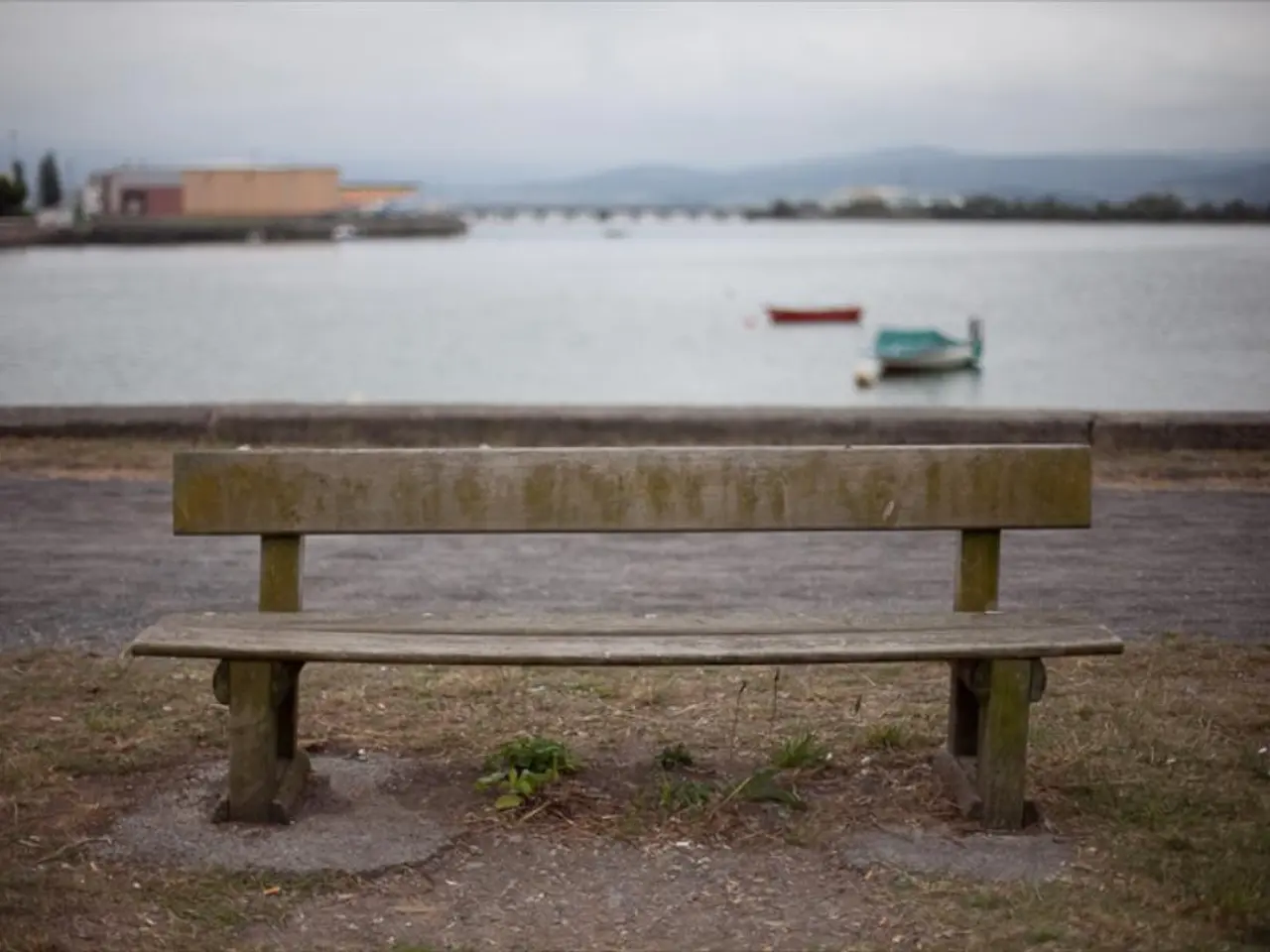Coastal Erosion Plagues India Due to Lack of Sufficient Planning by States
The Ministry of Environment, Forest and Climate Change (MoEFCC) is at the helm of developing and implementing detailed coastal management plans in India, as the country grapples with the issue of coastal erosion. According to the National Centre for Coastal Research (NCCR), much of India's coastline is vulnerable, with 33.6% being eroding.
The NCCR plays a crucial role in this regard, considering erosion rates and identifying vulnerable zones to guide decisions on coastal management. For densely populated areas, the NCCR recommends hard engineering solutions if absolutely necessary. However, many experts discourage the use of groynes and sea walls, favouring 'soft' defense strategies like replenishing lost beach sand and encouraging sand dunes.
In moderately populated regions, the NCCR opts for hybrid approaches. For less populated areas, nature-based solutions are prioritized. Yet, concerns have been raised about the reliance on satellite imagery by the NCCR, with K Saravanan alleging that on-the-ground surveys are not conducted enough.
The NCCR has mapped settlements along India's entire coastline to determine the most suitable erosion-control methods. Despite the high maintenance and time-consuming nature of nature-based solutions, state governments are reluctant to adopt them. As a result, hard engineering measures continue to be used, such as the construction of groynes and sea walls in various regions like Chennai, Maharashtra, and Kerala.
These structures, however, have raised concerns due to their potential ill effects. Ramana Murthy, an advocate for nature-based solutions, emphasizes their importance in preventing coastal erosion. Hard structures on beaches can have a disastrous effect on marine flora and fauna, a sentiment shared by G Anand, a local fisher at Dhanushkodi. He states that the installation of these structures has made it difficult to park boats and reduced the population of turtles coming to the shore for breeding.
A visit to Arichal Munai Beach, located at the eastern tip of Rameswaram Island in Tamil Nadu, offers a stark view of the concrete-bolstered rocks lining the coastline. The beach, once a thriving habitat for marine life, now bears the brunt of the hard engineering measures implemented to combat coastal erosion.
In 2022, India's highest environmental court ordered regional governments to avoid hard shoreline defences where possible and to implement comprehensive plans to manage coasts. The NCCR denies the allegations of insufficient on-the-ground surveys, stating that they have been getting inputs from fisheries associations.
As India navigates its coastal erosion challenge, it becomes clear that a balanced approach is necessary, one that considers both the need for protection and the preservation of the fragile coastal ecosystems.
Read also:
- Alcohol and Hormones - A Delicate Equilibrium Prone to Disruption
- Latest Principal Information Bureau Announcements on 12-09-2025
- Guidelines for resuming operations: Strategies for hotels to utilize their resources beneficially during the ongoing lockdown period
- Struggling Japanese women try to find a footing in the male-dominated realm of Japanese sumo wrestling








